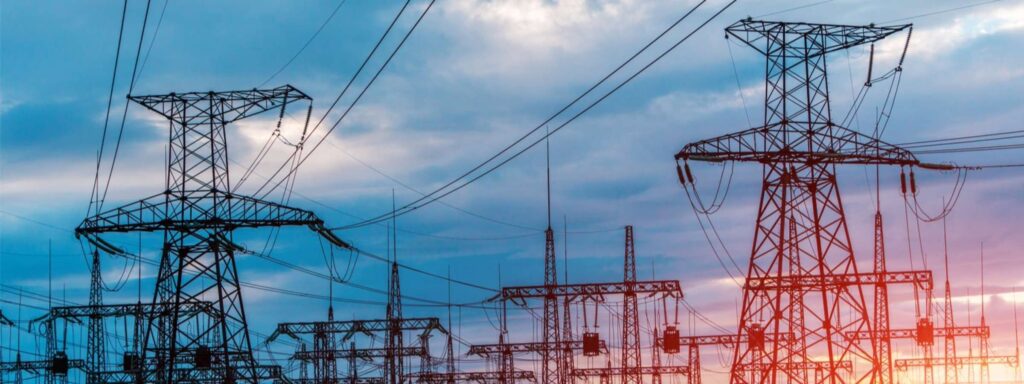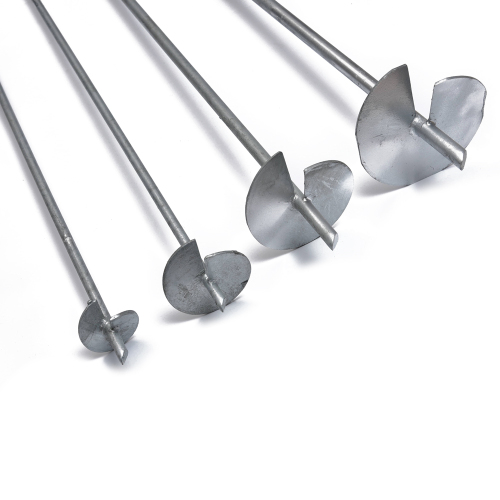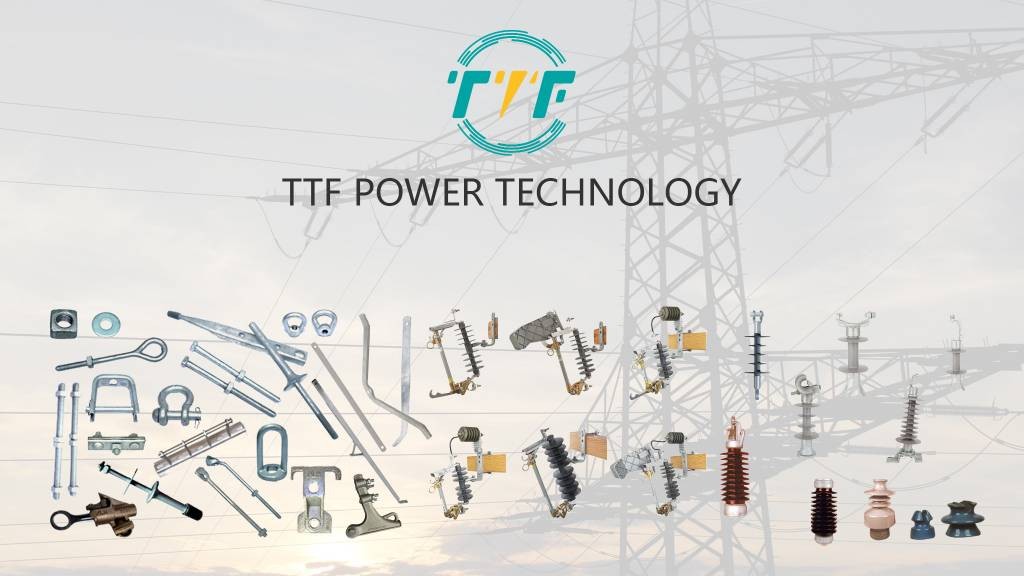
Due to the recent power blackout in Chile, the authorities should aim to ensure grid resilience to combat these challenges. Chile has one of the most dynamic energy markets in South America, with a strong push toward renewable energy integration. The country focuses on increasing renewable penetration while maintaining a stable and resilient grid. Advancements in storage, smart grids, and transmission offer the potential for Chile to become a global leader in renewable energy integration. Chile’s grid faces various challenges such as climatic vulnerabilities, renewable energy intermittency, transmission bottlenecks, and cybersecurity risks. The country can integrate strategies such as infrastructure expansion, energy storage, smart grid deployment, and regulatory policies. These can help Chile transition to 100% renewable energy by 2050. No wrench screw anchors increase the stability of utility poles and transmission towers to reduce the risk of collapses.
No wrench screw anchors are grounding anchoring systems used to secure utility poles, transmission towers, and other electrical infrastructure. They install without the need for heavy equipment, which makes them ideal for fast deployment in challenging terrains. Chile’s transition to renewable energy needs new transmission and distribution infrastructure. No wrench screw anchors ease the installation of transmission towers in remote areas like Patagonia or the Atacama Desert. They also provide stable anchoring for solar panel mounting structures and wind turbines. This helps to ensure resilience in harsh weather conditions. No wrench screw anchors enhance Chile’s grid resilience by improving infrastructure stability, enabling faster emergency response, and supporting renewable energy deployment.
Relevance of no wrench screw anchors in Chile’s grid resilience
No wrench screw anchors enhance grid resilience in Chile, especially where the electrical grid faces environmental challenges. They have the ability to withstand seismic activity, adapt to challenging terrain, and ease rapid repairs. This makes them crucial for ensuring the reliability and stability of the grid in the face of natural disasters. Here are the contributions of no wrench screw anchors in improving Chile’s grid resilience.

- Seismic resilience—these grounding anchors provide robust foundation support for transmission towers and poles. They ensure the transmission lines remain stable during seismic activities and prevent collapse.
- Ease of installation and repair—no wrench screw anchors can be installed without the need for heavy machinery or extensive excavation. This makes it easy to restore power in disaster-stricken areas.
- Adapting to challenging terrain—Chile’s geography includes mountains, deserts, and coastal areas. No wrench screw anchors can function in a variety of soil types, including rocky or uneven terrain. They ensure stable foundations for transmission infrastructure in remote areas.
- Resistance to environmental stress—the anchors are able to withstand extreme weather conditions. This is including high winds, heavy rainfall, and temperature fluctuations. This ensures that transmission lines remain upright and functional to reduce the risk of grid failures.
- Enhanced grid stability—the anchors provide a secure foundation for transmission towers to maintain the structural integrity of the grid. This is crucial for preventing failures and ensuring continuous power delivery.
- Cost-effectiveness—the anchors reduce the need for extensive excavation and heavy equipment. This allows for broader deployment of resilient infrastructure to strengthen the grid.
Measures and initiatives that could improve Chile’s grid resilience
Chile has made significant progress in modernizing and strengthening its electrical grid to handle increased renewable share and extreme weather events. The country’s grid resilience strategy includes infrastructure expansion, energy storage, smart grid deployment, and public-private collaboration. These initiatives help ensure a stable, efficient, and secure electrical grid. This is despite geographical and climate-related challenges. The use of no wrench screw anchors can help address various issues and enhance grid resilience. The following are the measures and initiatives to improve grid resilience in Chile.

- Strengthening transmission infrastructure—the government has put emphasis on high-voltage direct current transmission lines to transport energy from renewable-rich regions. Grid interconnections can also help prevent bottlenecks and ensure reliability.
- Energy storage and backup systems—the industry is investing in large-scale battery projects to store excess solar and wind energy. Chile is also exploring pumped hydro storage as a long-term energy storage solution.
- Smart grid and digitalization—this includes advanced metering infrastructure, microgrids, decentralized energy resources, and cybersecurity measures. These measures help reduce grid stress and ensure local energy resilience.
- Regulatory and policy initiatives—policies promote investment in transmission expansion, energy storage, and digitalization. The government is implementing market mechanisms to reduce renewable energy curtailment.